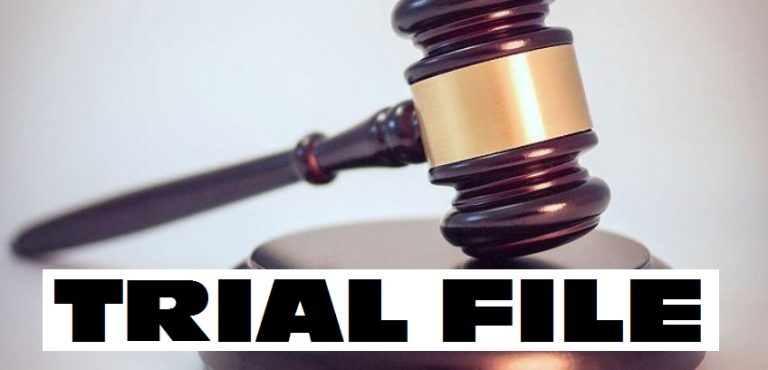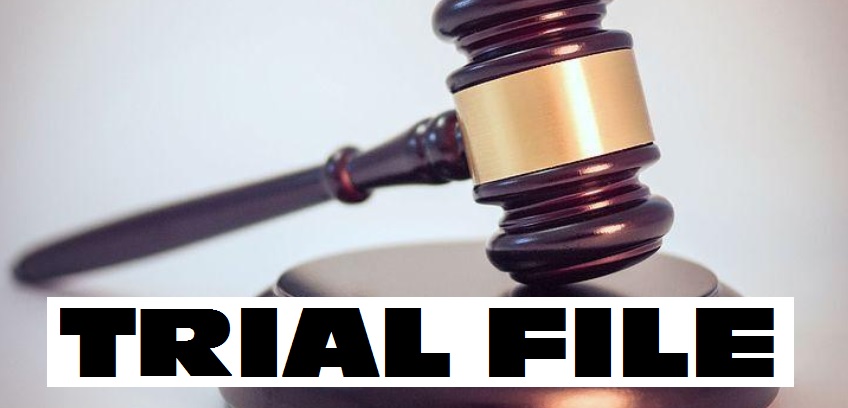SIOUX FALLS, SD – Healthcare professionals say vaccinating young people against COVID-19 this summer is critical to reaching herd immunity against the virus and to protect youth against potentially devastating long-term effects of the virus.
 But many teenagers in South Dakota and other states have been slow to warm to vaccination, with some facing hurdles that include peer pressure to not get vaccinated, differing parental opinions on vaccines and widespread anti-vaccination misinformation and sentiment.
But many teenagers in South Dakota and other states have been slow to warm to vaccination, with some facing hurdles that include peer pressure to not get vaccinated, differing parental opinions on vaccines and widespread anti-vaccination misinformation and sentiment.
South Dakota medical providers are trying to maintain momentum to keep getting shots in young arms knowing that the upcoming summer of warmer weather and outdoor activities may reduce COVID-19 infections but can also create a false sense of security that the pandemic is fully in the past.
As vaccination rates have tapered off among adults, medical experts say a strong vaccination rate among young people may be the only way to obtain the roughly 70% level of overall vaccinations needed to reach herd immunity, a situation where community spread is significantly reduced.
The medical community is also in a race against time to get more young people and teens vaccinated in order to avoid new outbreaks of COVID-19 or virus variants when school resumes in the fall and thousands of children return to in-class learning.
“I do think that it’s still a fight on whether we can get enough people vaccinated by next fall before kids go back to school,” said Dr. David Basel, vice president for clinical quality at Avera Health. “That’s what keeps me up at night.”
While teens and young adults are less likely to have severe symptoms or die of COVID-19, they can still have serious, lingering symptoms and contribute to the spread of the virus, healthcare leaders say.
Months after being considered recovered from the disease, teens who were healthy before contracting COVID-19 reported brain fog, fatigue, continued loss of taste and smell and issues with their kidneys or heart, said Dr. Shankar Kurra, vice president of medical affairs for Monument Health.
“We’re just beginning to understand better the [possible long-term effects of COVID-19] on children,” Kurra said.

Nikolos Sasse, a 16-year-old from Yankton, said his case of COVID-19 at first seemed like allergies. Diagnosed in December 2020, he had sniffles and headaches and felt very sick for about two weeks, but other effects have lingered.
Sasse said he felt achy and lacked energy for months after he was considered recovered. He almost passed out after his first wrestling match of the season because he couldn’t breathe. A few pulmonary tests showed that he had developed asthma because of COVID-19.
When Sasse’s age group was eligible for vaccines, he told his mom he wanted to get the shots.
“The big reason was for my family’s and others’ and for my own health,” he said. “I know us teens are some of the main spreaders.”
After his second and final dose, he was able to breathe better and get through a track season with less use of his inhaler.
“Once I heard that I might have the possibility of getting back into what I love doing, and if it keeps my family safe and gets me back to doing what I love, then yeah, I’m going to get the vaccine,” he said.
Sasse was one of hundreds of Yankton High School students who walked out to their vehicles in the school parking lot in May to find anti-vaccination fliers on their windshields. The fliers were printed from a Utah-based website and included now-debunked myths of side effects from the COVID-19 vaccine, including that the vaccine causes cancer, asthma, sterility and auto-immune brain damage. Sasse said he was “very confused” about the fliers and said he didn’t know why a group would want to “spread lies” to young adults.
Randi Baker of Sioux Falls said her 16-year-old son, Sebastian, doesn’t want to get a COVID-19 vaccine, and neither do any of his friends. The few teens who Baker heard wanted to get a vaccine couldn’t get parental permission.
Her son said he knows that younger people have a better shot at surviving the virus without major symptoms, and has not had any friends become ill from the virus.
“I could take away the internet and he still wouldn’t get it. He’s morally set against it,” said Baker. “He’s old enough to make the decision.”
As of June 2, about 4,980 South Dakota children aged 12 to 15 had received at least one dose of the Pfizer COVID-19 vaccine, or about 10% of that age group. South Dakota healthcare providers are optimistic that opening up COVID-19 vaccines to that age group has helped curb a slump in vaccination rates across the state.
South Dakota falls in the middle of the pack in terms of youth vaccination rates of surrounding states. As of June 2, Minnesota leads the Great Plains region at 27% of children aged 12 to 15 with at least one dose. Montana has vaccinated about 18% of its 12-17 population and North Dakota was at 14%. Nebraska had 5.2% of that age group vaccinated and Iowa had given one dose to 2.5% of those 12 to 17.
The South Dakota Department of Health reports that about 55% of the state’s adult population has received at least one dose of a COVID-19 vaccine as of early June. That does not include data from the Indian Health Service, which did not provide vaccination rates for this story. To reach herd immunity, or when enough people are vaccinated or have had the illness to significantly slow its spread, at least another 15% of the South Dakota population will need to be vaccinated.
“Can we get that last 15% vaccinated? Then I think we’ve got a pretty good chance [of reaching herd immunity],” Basel said.
South Dakota teens are still a contributor to community transmission, medical experts said.
Most children who contract COVID-19 have few if any mild symptoms. In South Dakota, no one under the age of 19 has been reported to have died due to the virus, according to the department of health. Eight people in their 20s have died with COVID-19 in South Dakota.
Nationally, the CDC has reported about 3,700 cases of Multisystem Inflammatory Syndrome in Children, or MIS-C, which causes different body parts to become inflamed, including the heart, lungs, kidneys, brain, skin, eyes, or gastrointestinal organs. The cause for MIS-C is unknown; however, the CDC says that “many children” with MIS-C had COVID-19 or were exposed to it.
Vaccinating children 12 to 17 can help eliminate the number of school days students miss and could protect them against variants that appear to spread easier among that age group, said Dr. Jeremy Cauwels, Sanford Health Chief Physician.
So far, no U.S. state has made the COVID-19 vaccine a requirement to attend school. South Dakota requires nine vaccines for school admission, such as vaccines for measles, mumps and rubella. In-person learning in schools has not been associated with substantial community transmission of COVID-19, the CDC said.
In South Dakota, more than 77% of people older than 75 are fully vaccinated, according to the state COVID-19 dashboard. About 37% of people 25 to 39 in the state are fully vaccinated. In those aged 18 to 24, the rate is about 31%.
Many young people in Timber Lake, don’t plan to get a vaccine, said resident Bobbi Kraft.
“The popular thing in Timber Lake is to not get it,” Kraft said.
Most members of Kraft’s family became infected with COVID-19 in the past year. Her husband was in and out of the emergency department, receiving nebulizer treatments and steroids. Her 17-year-old daughter had a 102-degree fever for three days. Her 15-year-old son also had the virus.
When the COVID-19 vaccine became available, Kraft made an appointment for herself as soon as she could, but her children were divided on whether to get the shot.
Kraft’s oldest daughter, Molly, 18, said her friend group is split on the vaccine. Half of them are interested in receiving it; others think the vaccine was approved too quickly and are more wary of long-term side effects from the vaccine than from the virus itself.

Some of Heidi Haugan’s friends in Sioux Falls have similar concerns. Haugan, a mother of four, said her friends are divided in their opinions on the vaccine. They’ve all managed to keep conversations civil, but it’s been difficult, she said.
“It’s been challenging,” she said. “You can find anything you want on social media. There are a lot of conspiracy theories and misinformation out there.”
Her 11-year-old son, Liam, plans to get the vaccine after his 12th birthday in July.
Liam came home in the winter and said a friend at school told him that “the vaccine has little computers in it” and that infectious disease expert Dr. Anthony Fauci “is going to control your thoughts” with the vaccines.
Heidi Haugan said she and her husband talked with their children openly about the pandemic and shared what they had learned from research from multiple sources.
The CDC looked into reports that a small number of teenagers and young adults who received a COVID-19 vaccine experienced heart problems, but did not yet determine if the vaccine was the direct cause of the issues.
Physicians have found that one-on-one conversations with patients are the most beneficial when it comes to working through concerns and making good decisions.
“This vaccine is safe. This vaccine is effective,” said Kurra, of Monument Health. “Vaccines we’ve had in the past are similar to this vaccine. They are the reason we don’t see deaths from other infectious diseases.”












